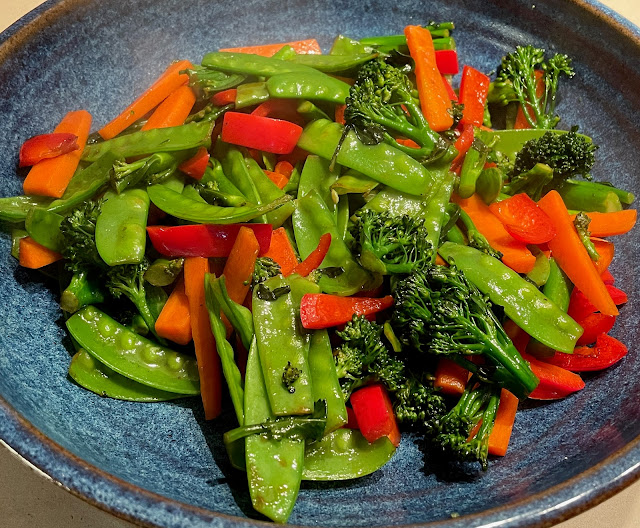Today's Challenge: Fast from... using the oven.
The modern oven with its minutely variable, thermostatic control and consistently reliable temperatures that we turn on without a second's thought, at the flick of a switch, is a relatively recent luxury. The microwave was only invented in 1946. Ingenious cooks, however, have always found ways to get round obstacles to their art and just because you had no oven didn't mean you didn't make your own bread, (or cake!) Dutch ovens - heavy cast iron pots with close fitting lids - were an early solution. Heated on a hob or over an open fire, these were effectively mini-ovens in which you could bake a loaf of bread or a cake. Sometimes the lids of Dutch ovens were (and still are) concave allowing the user to pile hot embers, or coals on top, to help provide all-round heat for the cooking. Not as controllable a process as in a modern electric oven but effective nonetheless. Alternatively, breads might be cooked on the hob in a greased pan or on a hot griddle - the origin of things like flat-breads, farls, scones, pancakes, Welsh-cakes, English muffins, pikelets and crumpets.
In some parts of the world people have also used steam to cook dough above a pan of boiling water. In China, where, traditionally, ovens were not commonplace - most Chinese cooking, in fact, is done without an oven - there is a well-established category of steamed buns and breads and it's this that I thought I might experiment with today. Although one thinks of rice as the primary carbohydrate in Chinese cooking, quite a lot of wheat is grown in China and where wheat grows, bread follows and wheat-based buns have a recognised place in Chinese cuisine. Usually filled with spiced pork, or beef, they are steamed rather than baked and are known as 'bao'.
I've never made bao before but why not? Being steamed rather than baked, they look more like dumplings than buns and they don't have the crisp crust of buns baked in the oven but buns they are. I've chosen to make a vegetarian filling with mushrooms, onions and herbs rather than the spiced meat version, partly because I shall want a similar mixture later in the week and I can therefore batch-cook and save time, effort and fuel by doubling up today.
I found stuffing the buns a bit tricky - I think I tried to use too much stuffing and had to remove some of what I had initially spooned out onto each circle of dough. I also found that despite having cooked the mushrooms yesterday and evaporated off, as I thought, most of the liquid, some excess liquid still remained and that also hampered the stuffing-proceedings.
I got there eventually though and managed to get all twelve buns in one layer in the top of my steamer where they sat on their baking parchment squares and steamed happily for twenty five minutes, emerging at the end hot and fluffy and unexpectedly delicious. They would have looked more aesthetically pleasing if I had not crammed them all in but left some space between the buns but this is a small point and I shall be making them again with a few refinements to the process.
Breakfast
tea with unsweetened soya milk
grape juice
fruit
oat porridge with maple syrup
Lunch
leftover Goan-style prawn curry
rolls from the freezer
fruit
Tea
black tea
panettoncino from the freezer
Supper
steamed mushroom 'bao' buns with stir-fried carrots, red pepper, mangetout and broccoli
leftover crème caramel
E x
.jpg)




No comments:
Post a Comment
Thank you so much for taking the time to visit me at Mrs TT's and comment. I love to read what you write.